Are you looking to add a touch of green to your living space while also inviting prosperity and good fortune into your life? If so, the Money Tree (Pachira aquatica) might just be the perfect plant for you!
This delightful houseplant not only adds a vibrant aesthetic to your home but is also believed to bring good luck and financial blessings. In this comprehensive guide, we’ll explore the benefits of growing a Money Tree and dive into some of my favorite Money Tree varieties.
So, let’s get started on your journey to cultivating this charming and auspicious plant!
Benefits of Growing a Money Tree

1. Feng Shui and Prosperity
One of the most appealing aspects of the Money Tree is its association with Feng Shui, the ancient Chinese art of arranging one’s surroundings to attract positive energy and abundance.
According to Feng Shui principles, the Money Tree’s five-lobed leaves symbolize the five elements—wood, water, earth, fire, and metal—creating a harmonious and balanced environment.
Placing a Money Tree in the right area of your home is believed to attract wealth and prosperity, making it a popular choice for those seeking financial luck.
2. Air Purification
Money Trees aren’t just about luck and aesthetics; they also excel at purifying the air in your home. Like other indoor plants, they absorb carbon dioxide and release oxygen, improving the air quality. Moreover, they can help remove certain airborne toxins, making your living space healthier and more enjoyable.
3. Low Maintenance
For those who may not have the greenest thumbs, Money Trees are relatively low-maintenance plants. They can tolerate a variety of light conditions, although they thrive in bright, indirect light.
These plants prefer to dry out slightly between watering, so they’re forgiving if you occasionally forget to water them. With a little care and attention, your Money Tree can flourish and grow for many years.
My Favorite Money Tree Varieties
Now that we’ve explored some of the fantastic benefits of growing Money Trees let’s delve into a few of my favorite varieties.
1. Pachira aquatica ‘Standard’
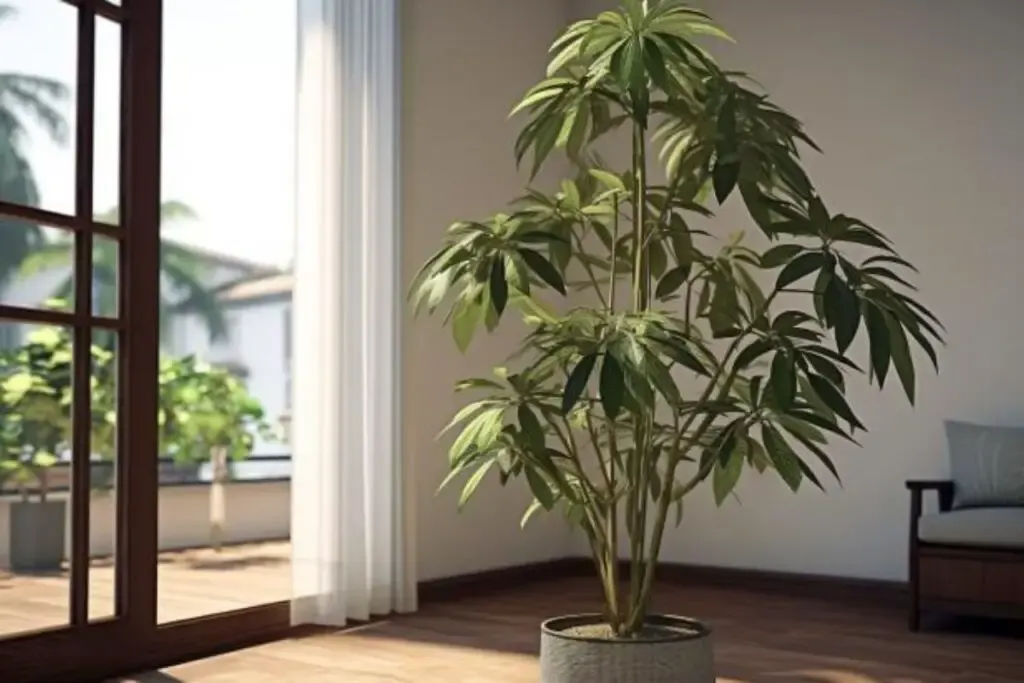
The standard Money Tree variety, Pachira aquatica, features a braided trunk with green palmate leaves. This classic look is not only aesthetically pleasing but also embodies the traditional symbolism of the Money Tree. It’s a great choice for those new to Money Tree cultivation, as it’s readily available and relatively easy to care for.
2. Pachira aquatica ‘Money Tree’
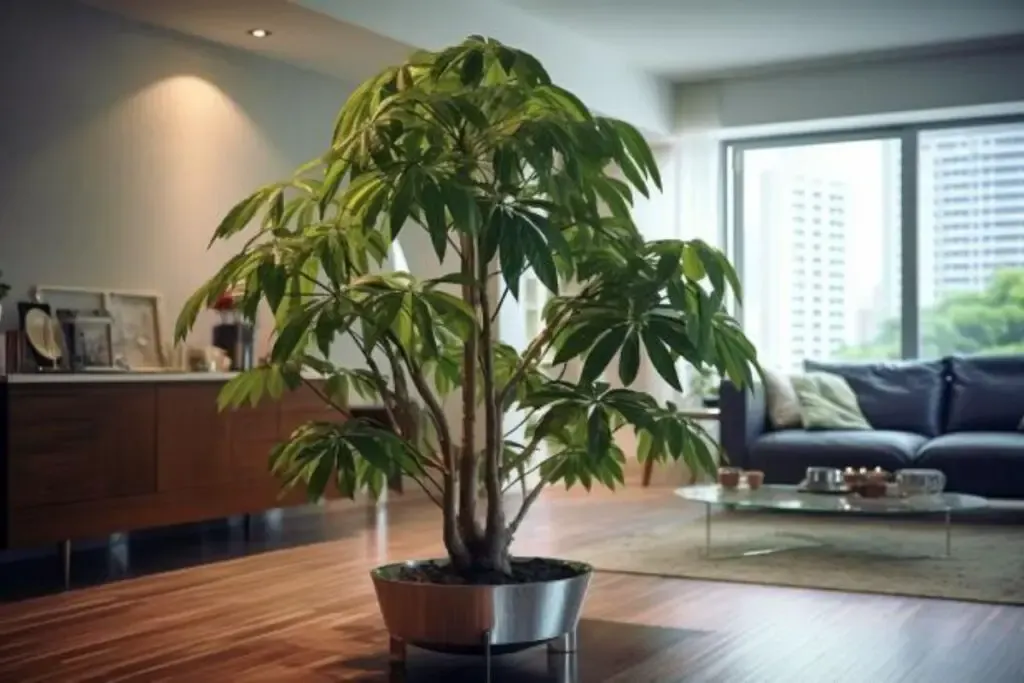
This variation of the Money Tree is known for its distinct leaves, which are divided into several leaflets that resemble the fingers of a hand. Its unique appearance adds a touch of whimsy to your indoor garden. Just like the standard Money Tree, it’s believed to bring good fortune and prosperity.
3. Pachira aquatica ‘Guiana Chestnut’
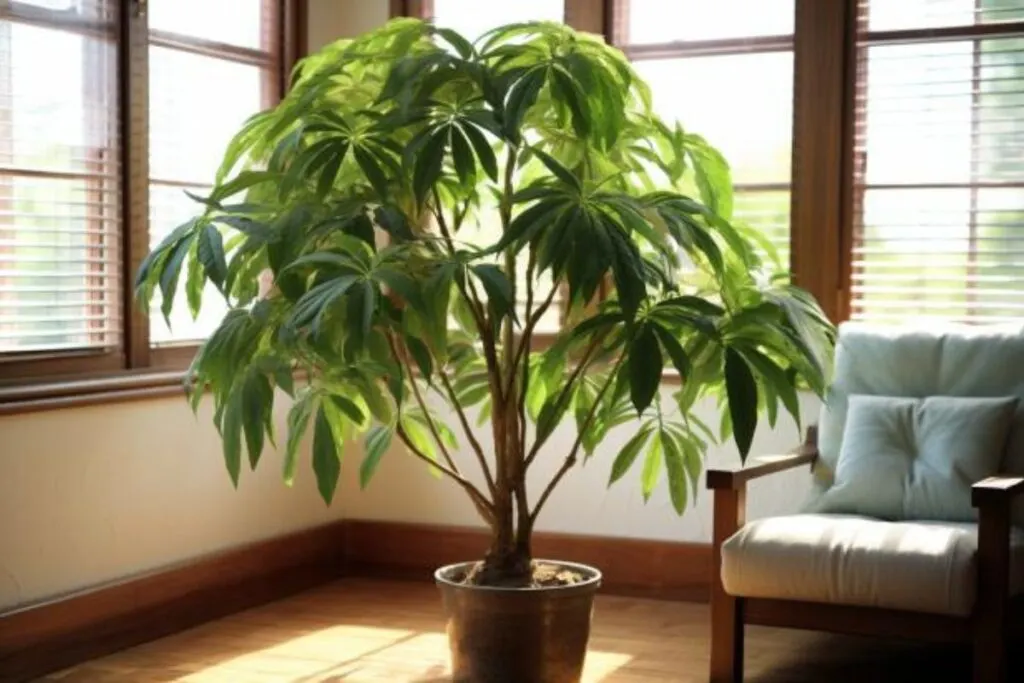
The ‘Guiana Chestnut’ Money Tree is characterized by its slender, woody stems and dark green foliage. Its growth habit is more upright, making it an excellent choice for smaller spaces or as a decorative accent in your home. This variety still carries the same symbolic value as other Money Trees, making it a delightful addition to your collection.
Money Tree Care
Now that we’ve discussed the benefits of growing Money Trees and explored some delightful varieties, it’s time to dive into the nitty-gritty of Money Tree care. Proper care is essential to ensure your Money Tree thrives and brings you both joy and prosperity.
Let’s break down the key aspects of Money Tree care:
Planting
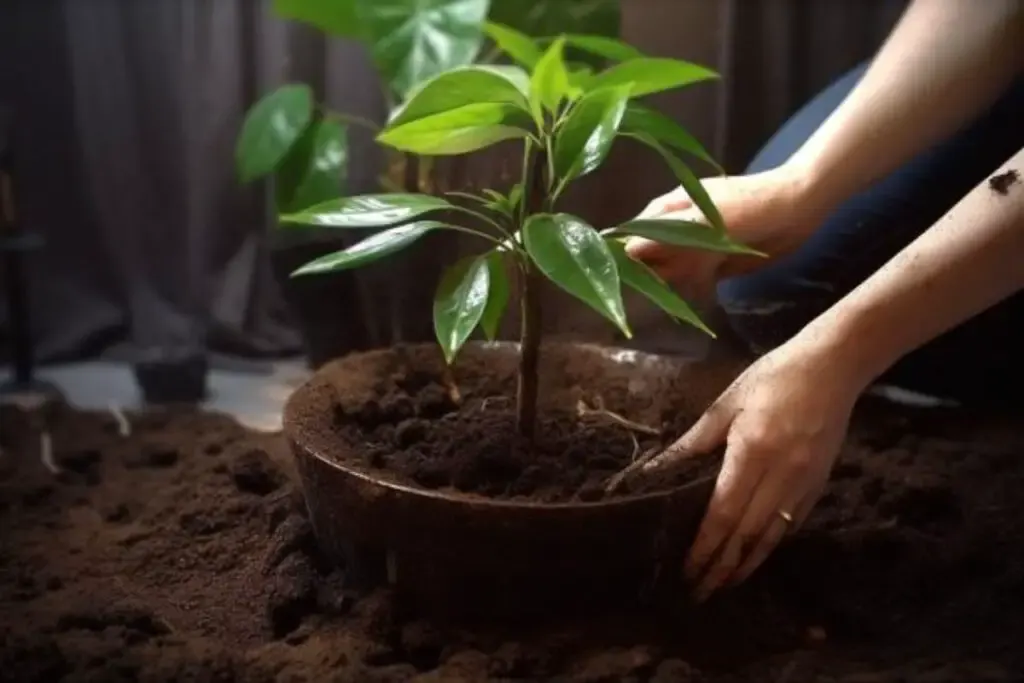
When it comes to planting your Money Tree, choose a pot that has drainage holes to prevent waterlogged soil. Use a well-draining potting mix to ensure proper root health. Repotting may be necessary as your Money Tree grows, typically every two to three years.
Light
Money Trees are relatively adaptable when it comes to lighting conditions, but they do best in bright, indirect light. Avoid exposing them to direct sunlight for extended periods, as this can scorch their leaves. If your Money Tree starts to lean towards the light source, give it a quarter-turn every few weeks to encourage even growth.
Soil
Select a well-draining, peat-based soil mix for your Money Tree. A mix formulated for tropical plants is a good choice. Proper drainage is crucial to prevent overwatering and root rot. Make sure the pot has good drainage holes to allow excess water to escape.
Water
Money Trees prefer to dry out slightly between waterings. Overwatering can lead to root rot, so it’s essential to strike a balance. Water your Money Tree thoroughly, allowing excess water to drain away.
Then, wait until the top inch or two of soil is dry before watering again. The frequency of watering will vary depending on factors such as humidity, temperature, and pot size.
Temperature and Humidity
Money Trees thrive in warm, humid conditions. Ideally, keep your Money Tree in a room with a temperature range between 65°F to 80°F (18°C to 27°C).
They can tolerate slightly cooler temperatures but are sensitive to cold drafts. To boost humidity, mist your Money Tree regularly or place it on a humidity tray filled with water and pebbles.
Fertilizer
Feed your Money Tree with a balanced, water-soluble fertilizer during the growing season (spring and summer) every 4-6 weeks. Reduce fertilization during the dormant period in the fall and winter. Be sure not to over-fertilize, as this can lead to excessive growth that may become top-heavy.
Pruning
Pruning your Money Tree can help maintain its shape and size, promoting a more compact and attractive appearance. Here’s how to do it:
- Trimming: Regularly trim any yellowing or damaged leaves to encourage new growth. Use clean, sharp scissors or pruning shears to make clean cuts.
- Thinning: If your Money Tree becomes too dense or crowded, consider thinning it out by removing some of the older or less healthy branches. This allows for better air circulation and light penetration.
- Shaping: To maintain a specific shape or size, you can prune your Money Tree by cutting back branches or stems. Keep in mind that Money Trees are naturally bushy, so don’t be afraid to shape it to your liking.
Propagating
If you want to share the prosperity of your Money Tree with friends or expand your collection, you can propagate it through various methods:
- Cuttings: Take a cutting with a few inches of stem and at least one healthy leaf. Let the cutting dry for a day or two, then plant it in a well-draining potting mix. Keep the soil consistently moist until roots form.
- Air Layering: This method involves creating a small incision in a stem and enclosing it in moist sphagnum moss. Once roots develop, you can cut the stem below the roots and plant it in a new container.
- Seeds: While Money Trees can be grown from seeds, they are not the quickest way to propagate as they can take several years to mature. However, if you’re up for the challenge, sow the seeds in a well-draining soil mix and provide the same care as for mature plants.
How to Grow a Money Tree from Seed
Growing a Money Tree from seed can be a rewarding but patient endeavor. Here’s a step-by-step guide:
- Seed Selection: Obtain Money Tree seeds from a reputable source or harvest them from a mature Money Tree.
- Germination: Soak the seeds in warm water for 24 hours to soften the outer shell. Then, plant them in a small pot filled with well-draining soil. Keep the soil consistently moist.
- Light and Temperature: Place the pot in a warm, bright location with indirect sunlight. Maintain a temperature of around 70°F (21°C).
- Growth and Transplanting: Once seedlings reach a few inches in height, you can transplant them into larger pots or individual containers. Continue to care for them as you would for mature Money Trees.
Growing in Pots
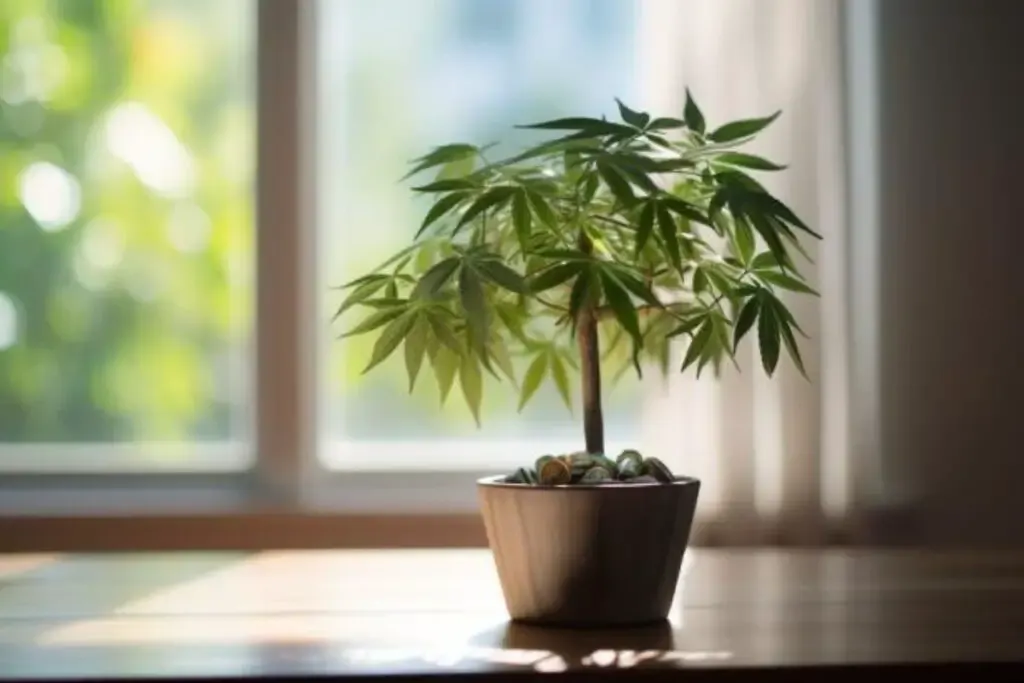
Growing Money Trees in pots is a popular choice, as it allows for flexibility and ease of care. Here are some tips:
- Container Selection: Choose a pot with drainage holes and a size that accommodates the plant’s current size with a little room to grow. Repot as needed to prevent overcrowding.
- Potting Mix: Use a well-draining, peat-based potting mix to ensure good root health.
- Watering: Water thoroughly, allowing excess water to drain away. Ensure that the pot doesn’t sit in standing water, as this can lead to root rot.
- Fertilization: Feed your potted Money Tree with a balanced, water-soluble fertilizer during the growing season, following the guidelines mentioned earlier.
Overwintering
During the colder months, it’s essential to adjust your care routine for Money Trees:
- Reduce Watering: Money Trees go through a dormant period in the fall and winter. During this time, reduce watering to let the top inch or two of soil dry out between waterings.
- Temperature: Keep your Money Tree away from drafts and cold temperatures. Maintain a stable indoor temperature, ideally between 65°F to 80°F (18°C to 27°C).
Transplanting
Transplanting Money Trees may be necessary as they outgrow their containers. Here’s how to do it:
- Choose a Larger Pot: Select a new pot that is one size larger than the current one and has drainage holes.
- Gently Remove the Plant: Carefully remove the Money Tree from its current pot, taking care not to damage the roots.
- Repot: Place the plant in the new pot and fill it with fresh potting mix. Water thoroughly.
- Recovery: After transplanting, your Money Tree may need a little time to adjust. Keep it in a stable environment and avoid heavy pruning until it has settled in.
Common Pests & Diseases
While Money Trees are relatively resilient, they can be susceptible to a few common pests and diseases:
Pest:
Keep an eye out for mealybugs, aphids, and spider mites. Treat infestations with insecticidal soap or neem oil.
Diseases:
Overwatering can lead to root rot, so be cautious not to let your Money Tree sit in waterlogged soil. Also, watch out for fungal issues, which can develop in overly humid conditions. Ensure proper air circulation and avoid over-misting.
With this comprehensive guide to Money Tree care, you’ll be well-equipped to nurture your plant to prosperity and good health.
Happy gardening!

